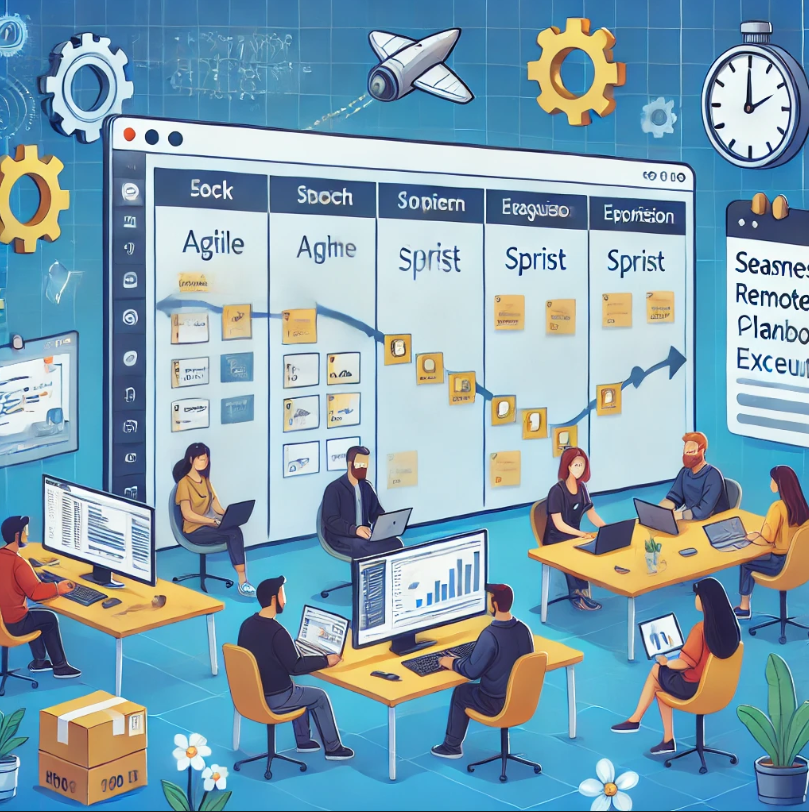
Outsourcing software development to companies and freelance professionals, residing in countries like India and Vietnam, as opposed to in-housing it, can help you save up on a lot of unnecessary costs and investments. So, what are some of the best practices that will enable you to pull off a successful software development outsourcing? Let’s find out.
1. Choose the Right Partner
Always be sure to conduct adequate background checks. Here are some priority heads to analyze while outsourcing:
- Analyze the vendor’s technological capabilities as per your requirement.
- Thoroughly check past projects and experience.
- How qualified are the members of the management team?
- Check for the possibility of being able to meet them in person
2. Utilize Communication Platforms for Active Collaboration
Lack of effective communication between the two parties has always been an issue with outsourcing. Luckily, we live in advanced times and, as such, we can utilize numerous platforms to enable active collaboration throughout the whole process. Some platforms include:
- LiquidPlanner
- Skype and Google Hangouts
- Slack
- Trello
3. Set Realistic Expectations
Setting realistic expectations is possibly the most important aspect of this whole process. This is because you cannot expect to lure in vendors when your expectations are unreasonable. It is a recommended practice to effectively communicate your exact requirements with thorough exemplification and case studies.
4. Observe Control
While it is true that when a company decides to outsource a project, it tends to indicate that it is of less value to the company as compared to other core tasks. However, this does not imply that you hand over complete control of the project to the vendors. You must make sure that you observe control over the team and keep a regular check on the progress.
5. Optimize Costs
Cost optimization is one of the most attractive features that causes companies to outsource. Just make sure to answer some crucial questions before going on with the project:
- What is the anticipated cost of the project in keeping with the existing market norms?
- What is your company’s budget for this project?
- What is the expected Return on Investment (RoI) of the project?
- What are the long-term cost prognoses of maintaining the software?
- Is the vendor resourceful?
- Are there any hidden costs?
6. Anticipate Hidden Costs
Some hidden costs always accompany outsourcing and it is best to have a proactive stance. These are as stated below:
- Exchange rate fluctuations
- Ever-changing market conditions
- Mishaps due to lack of effective communication
- Software development process complexity
7. Handle Conflicting Processes
You should effectively communicate the details of the existing coding architecture and the synchronization to be explored as a consequence of the new software. Afterward, you need to assess the risk mitigation processes to contain any future conflicts.
8. Analyze the Progress and Quality
Quality assurance at every step of the project is the best practice. Outsourcing software development entails analyzing the vendor’s capability as well as the established standards to notice any deviation in case of receiving subpar results. You can employ Key Performance Indicators (KPIs) for this purpose.
9. Get the Right Cultural Fit
Aside from conflicting work principles, there could also be timing issues, cultural holidays, etc. that could get in the way of successful project completion.
10. Ensure IP Protection
This is how you can ensure protection:
- Consult with your lawyer to include contractual norms in the agreement.
- Sign an NDA with the vendor to prevent them from sharing any details of the project.
- If you are outsourcing overseas, ensure that the country has the necessary IP laws in place.
Suggested Posts
How useful was this post?
Share it with your friends
Get our latest articles here!
Do you have any questions?
Help us improve the content of this Insightful blog by asking us questions. Manifera's team of experts will help you answer these questions as soon as possible.












